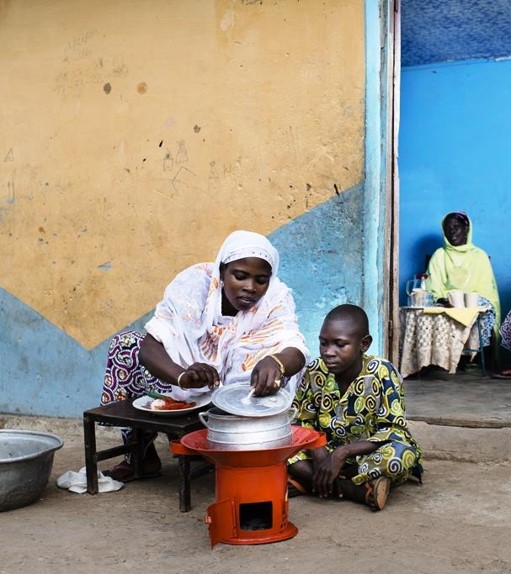A Tool for Achieving Universal Energy Access
While significant progress has been made towards fulfilling SDG 7, millions of people remain without energy access, especially the most vulnerable. Demand-Side Subsidies (DSS) – also called End-User Subsidies – overcome the barrier of affordability by reducing the consumer price of energy products for targeted beneficiaries. This enables marginalised groups such as households with extremely low-income, displaced populations, or other vulnerable groups to gain energy access and sustainably improve their lives and livelihoods.
Fulfilling SDG 7 with DSS
Off-grid solutions provide the cheapest and fastest way to electrify hundreds of millions of homes and businesses. Solar home systems, improved and clean cookstoves, productive use equipment, and other off-grid renewable technologies transform the lives of those lacking access to energy. However, millions remain unable to afford even the most basic energy products. SDG 7 – access to affordable, sustainable, and modern energy for all – will not be achieved without urgent action. DSS address this affordability gap and ensure that no one is left behind.
Supply-side subsidies (SSS) indirectly reduce prices by supporting companies and driving down costs through economies of scale. DSS, in contrast, directly reduce the consumer price of energy products. These subsidies can be channelled through companies — who are obliged to offer products to customers at a subsidised price – or paid directly to customers in the form of cash transfers or vouchers. DSS mechanisms, when well-designed, complement and bolster other interventions such as supply-side support and enabling-environment interventions. However, to avoid market distortion and preserve long-term sustainability, such subsidies must be designed carefully.

Design Framework
While each DSS program will vary according to the unique local context and specific goals, the principle components are largely the same. The design of any DSS can be mapped along five main elements:
- Targeting: Beneficiaries Eligibility and Targeting Mechanisms
- Subsidy Level: Eligible Products, Affordability Gap, Subsidy Level Calculation
- Delivery Mechanisms: Delivery Channel, Company Selection, Fund management
- Verification
- Exit Strategy: Adjustment or Phase Out
For more information on subsidy design, see the toolkit on Designing Responsible End-User Subsidies, as well as the End User Subsidy Lab (EUSL), of which EnDev is a co-founder and active member.
What EnDev is Doing With DSS: Enabling energy access through Demand-Side Subsidies (DSS) Component
With funding from the Directorate-General for International Cooperation (DGIS) of the Netherlands Ministry of Foreign Affairs, EnDev seeks to contribute to the global body of knowledge on DSS by piloting innovative mechanisms and facilitating access to energy. The pilots focus on DSS schemes for low-income and/or displaced populations who are currently unable to access commercial off-grid solar and cooking markets. The component operates in four countries in Sub-Saharan Africa: Liberia, Malawi, Niger, and Uganda.
By providing new models for DSS schemes the programme will:
- Directly enable up to 1 million vulnerable people to have access to modern energy services, depending on the beneficiaries targeted and technologies supported.
- Indirectly contribute to providing energy access for millions more through scale-up and replication of successful pilots.
The overarching aim of the component is to promote global learning and knowledge-sharing on DSS. In pursuing this goal, EnDev collaborates closely and shares lessons learned with strategic partners, such as ESMAP and the End-User Subsidy Lab, to enable stakeholders to design smart and effective DSS in the future.
